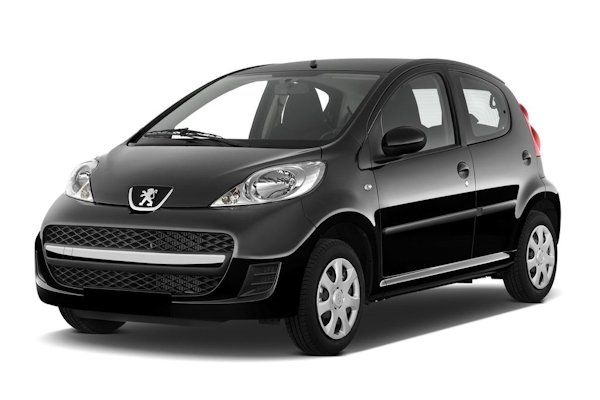

The Peugeot 107 is a popular city car produced from 2005 to 2014, developed as part of a joint venture between PSA Peugeot Citroën and Toyota, making it nearly identical to the Citroën C1 and Toyota Aygo. It is well-regarded for its low running costs and suitability for urban driving.
Overview and Driving Experience
The Peugeot 107 was designed primarily as an affordable and economical city car. It is praised for its agile handling, light steering, and compact dimensions, which make it exceptionally easy to maneuver and park in urban environments.
Performance: The car is best suited for city driving. The 1.0-litre three-cylinder petrol engine provides enough power for nipping through traffic but can be noisy and struggle at sustained motorway speeds.
Running Costs: This is one of the 107's main strengths. It offers excellent fuel economy (up to 65 mpg), low insurance group ratings (making it an attractive option for new drivers), and is often cheap to tax, with many models qualifying for free road tax.
Common Problems & Reliability
The Peugeot 107 generally has a good reputation for reliability, largely due to its shared engineering with Toyota. A well-maintained example can last for many years, with an estimated lifespan of around 156,000 miles, according to VehicleScore.
Potential owners should be aware of some recurring issues:
Clutch wear: Premature clutch wear, especially on the manual transmission, can be an issue, though a service bulletin and design modification addressed this in later models. The automated manual transmission can also have issues with age and mileage.
Water ingress: Water leaking into the boot floor/spare wheel well and footwells is a known issue, often caused by poor door seals or blocked drain holes.
Power steering: The electric power steering motor can occasionally fail, leading to heavy steering. Exhaust system: Exhaust components can be prone to rust, potentially requiring replacement after a few years.
Insisting on a car with a complete service history can mitigate many of these potential problems.